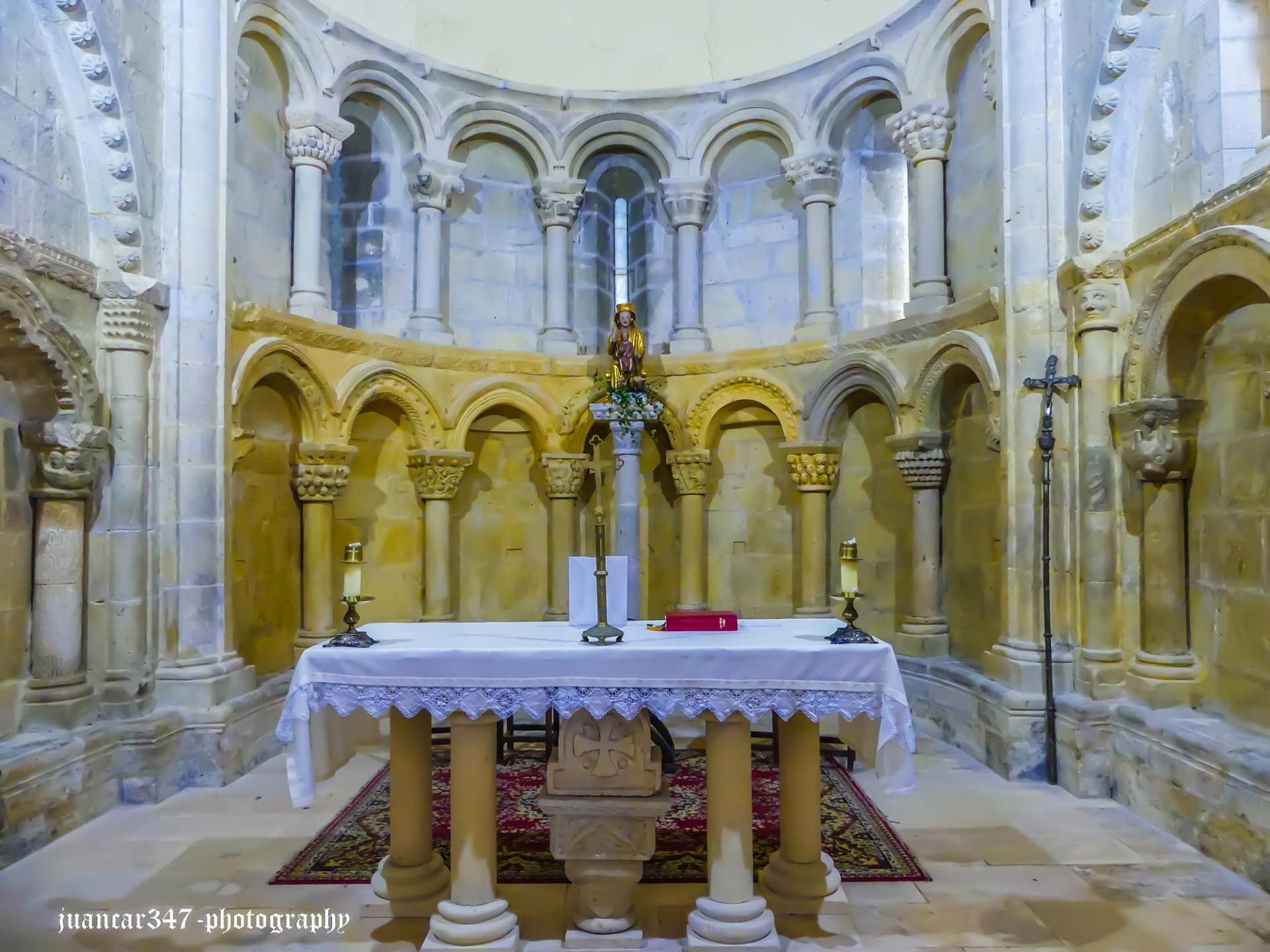
A must-see for any traveler who wants to experience fascinating Romanesque architecture, accompanied by unconventional sculpture, to continue delving into the ancient mysteries of the primitive route or Forgotten Way followed by many of the pilgrims who disembarked at the nearby Cantabrian ports, is a must-see stop in the small Burgos town of Siones.
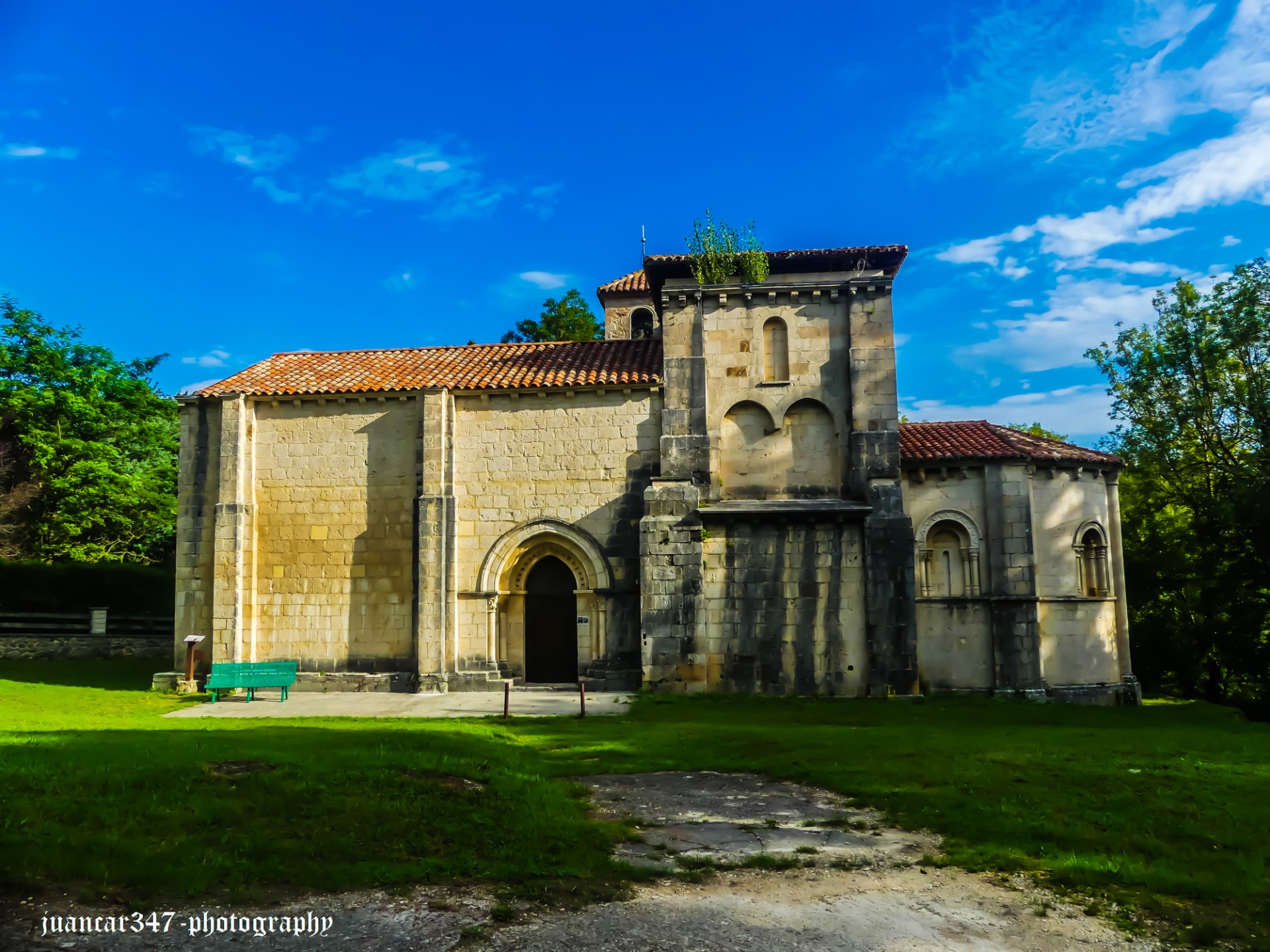
Siones, just a stone's throw from Vallejo de Mena and its unique church of Saint Lawrence, from which it is separated by a mere kilometer, boasts, in its church dedicated to the figure of Saint Mary, one of the most extraordinary and unprecedented examples of 12th-century Romanesque architecture.
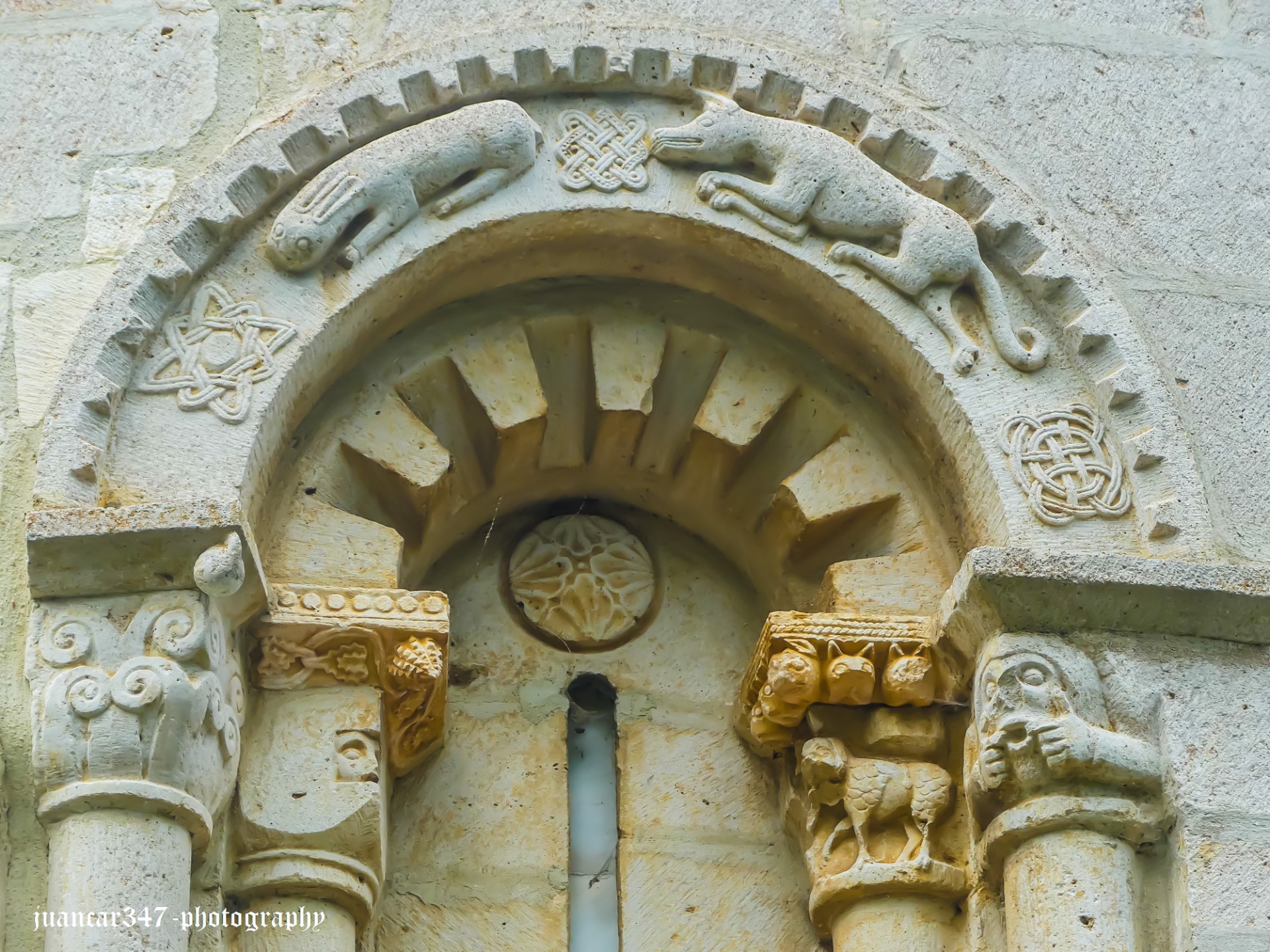
Located just outside the town, against the backdrop of the wild beauty of the so-called Montes de la Peña, the Church of Saint Mary, with its symbolic western entrance—through which the pilgrim supposedly entered, leaving behind the darkness of the world to enter the light of the spirit—stands out, at first glance, for its elegance, as well as for the extraordinary sense of harmony emanating from its layout.
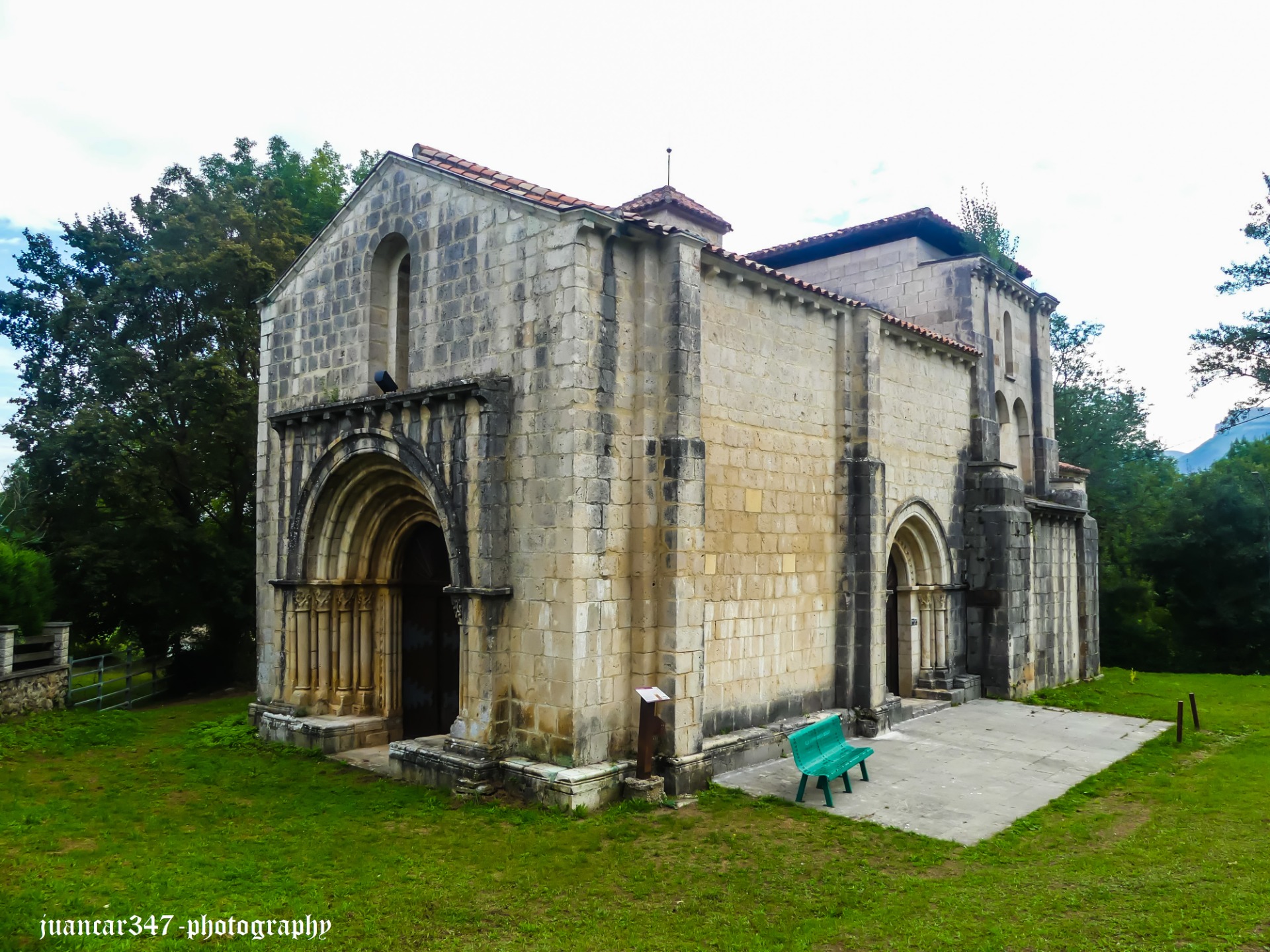
Also, as in the case of the neighboring Church of Saint Lawrence, there is speculation about its possible belonging to the religious-military order of the Poor Knights of Christ and of the Temple of Solomon, i.e., the Knights Templar, although there is no historical documentation to support this. This detail constitutes another of the fascinating enigmas that, even after years, still sparks intense debate among researchers and admirers of the Order of the Temple.
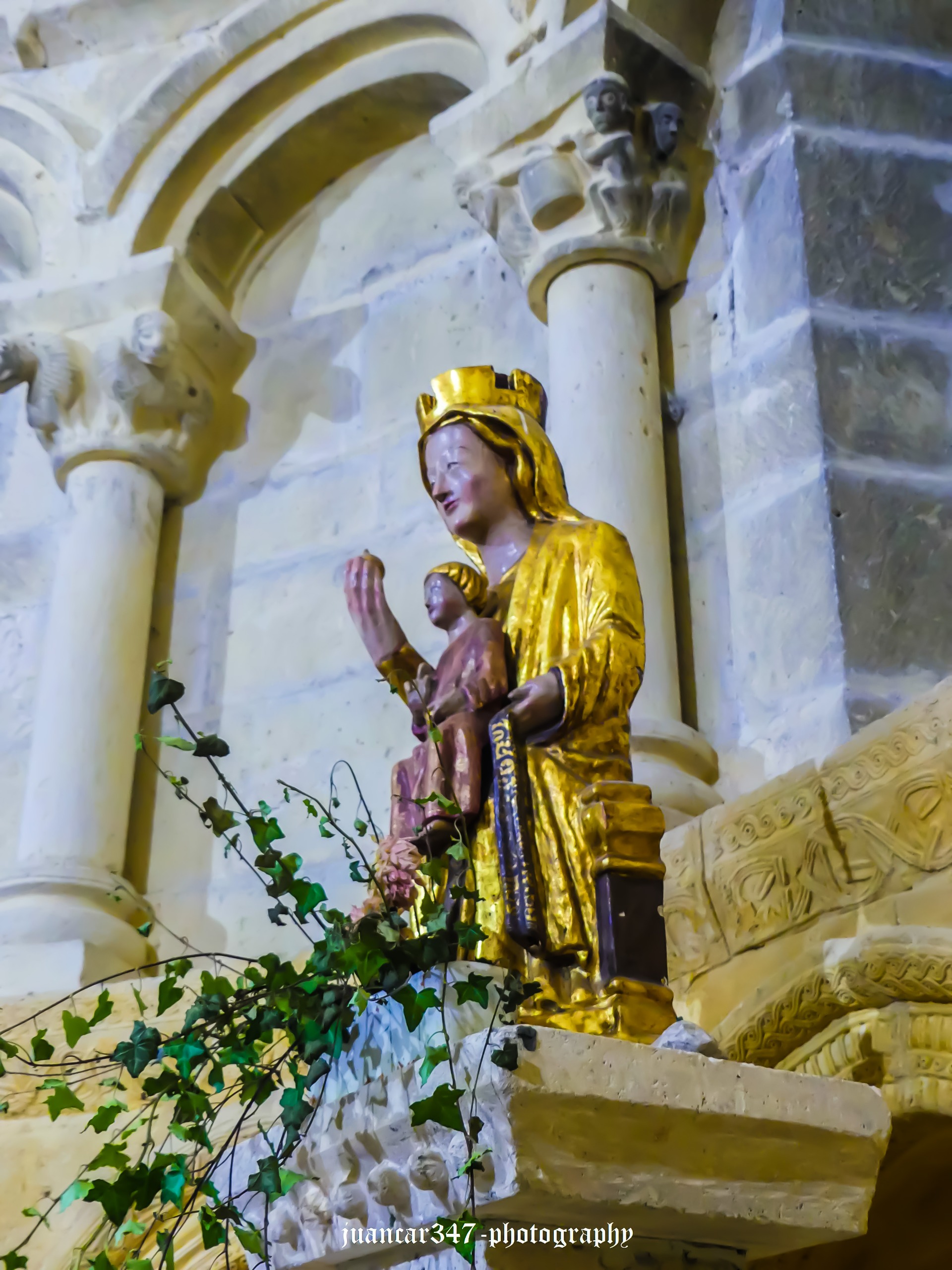
Leaving aside this difficult, if not impossible, question to resolve, as well as some fascinating sculptural elements intentionally added in later periods, such as the skull that stands out in one of the windows of its apse or the curious Venetian mask seen on one of the capitals, what truly stands out in this surprising church is the motivating yet disconcerting sculpture displayed inside.
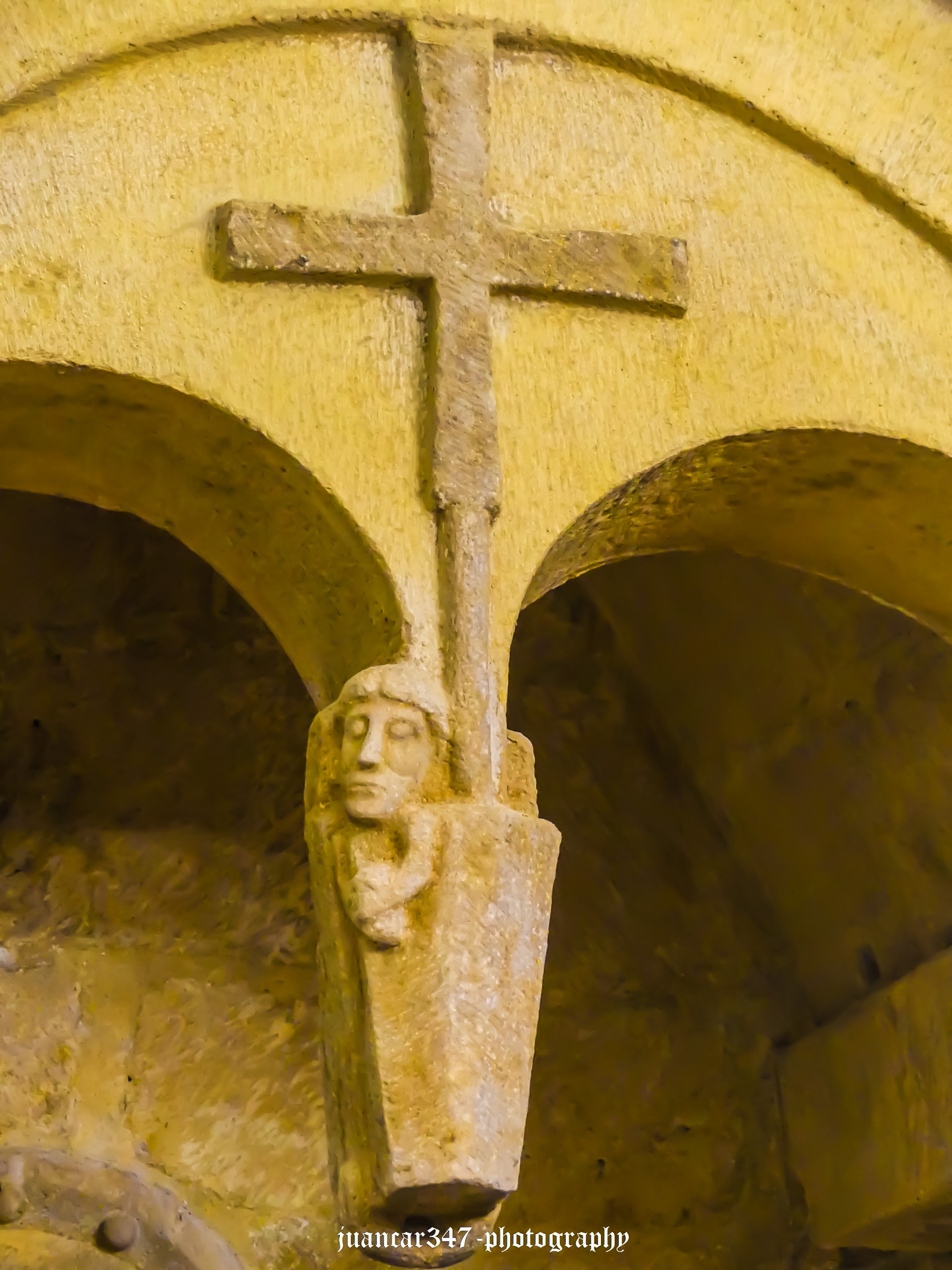
A sculpture, it must be said, has also raised a multitude of suspicions and which, in part due to its extraordinary and overwhelming subject matter, could be seen, in the anonymous hand of the sculptors, as a precursor to the fantastical and apocalyptic antecedents of that 15th-century Flemish "demon painter" known as Hieronymus Bosch.
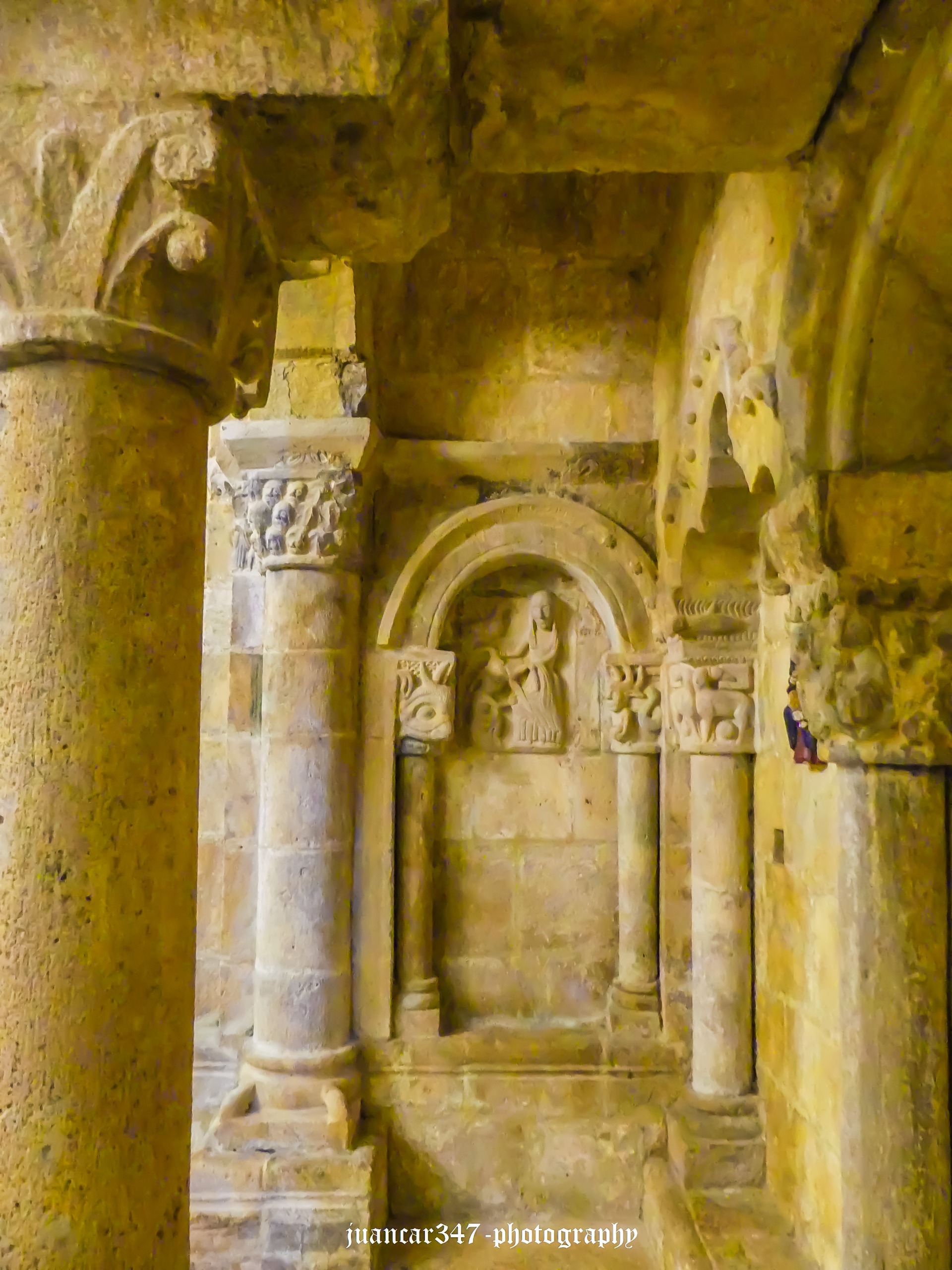
Indeed, the sight of demons, such as the demon of gluttony, awaiting the overwhelmed pilgrim among the sculptures he encounters as soon as he enters the church between the arcosolia that fill the gap in the traditional Epistle and Gospel chapels, must have been, at the time and in the thinking of the time, an emotional shock of the first magnitude and would also be in keeping with the sight of those three hares, clearly visible but, curiously, often very unnoticed, whose traditional symbolism more or less went something like this: always pay attention to the details, because you never know when they might surprise you.
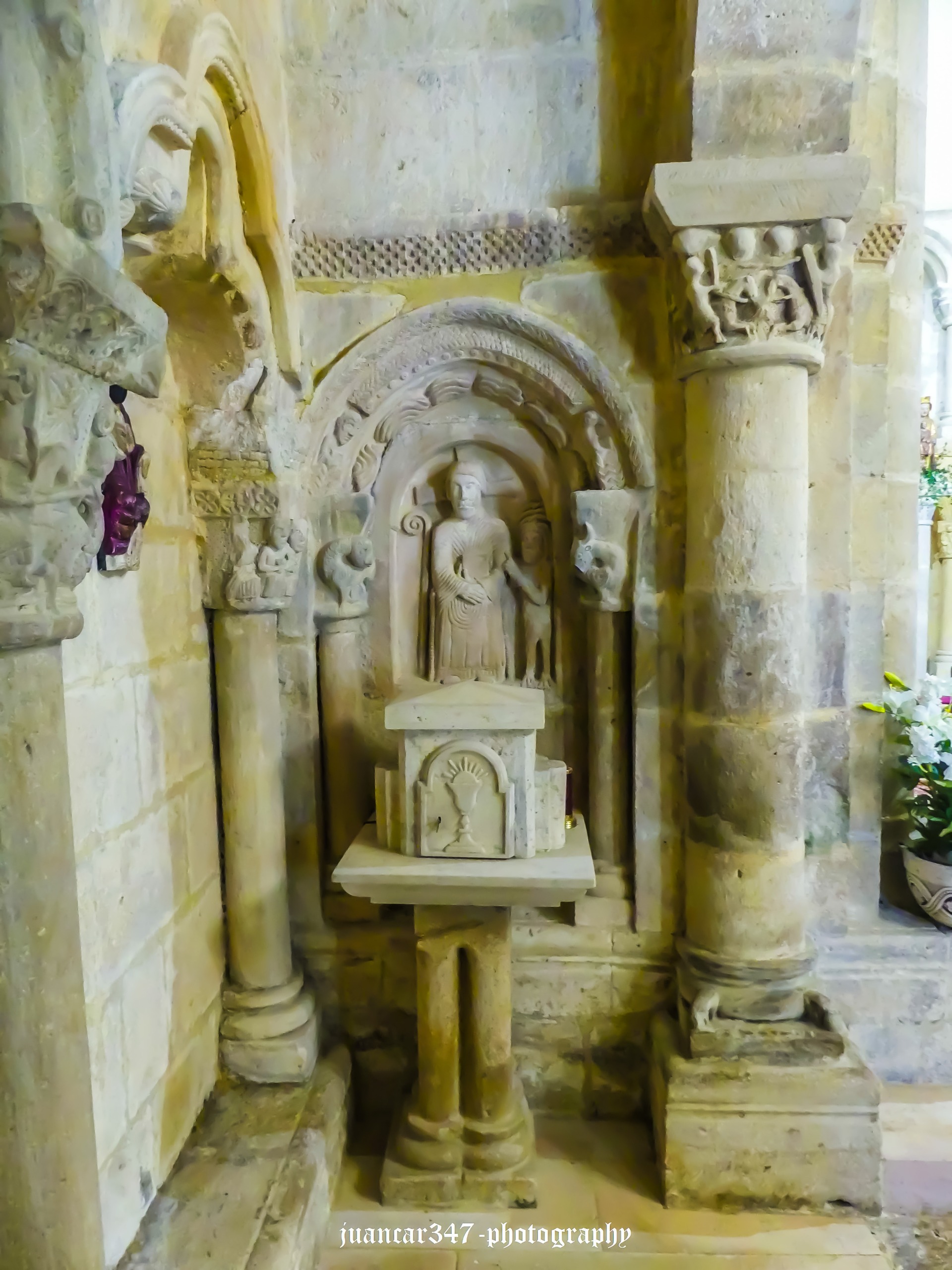
On the left side, no less surprising, in addition to the famous story of the quintessential Germanic hero, the popular Siegfried, the pilgrim also encounters a truly curious scene, where a strange, demon-like figure with webbed feet stands next to the figure of Christ. This denotes the baptism in the Jordan River by John the Baptist—the one who had to decrease so that Christ could increase—and in such an unfortunate representation, the sculptor wanted to be faithful to the tradition of the latter's slovenliness, the webbed feet being a popular reference to the fact that the Baptist always had his feet in the water.
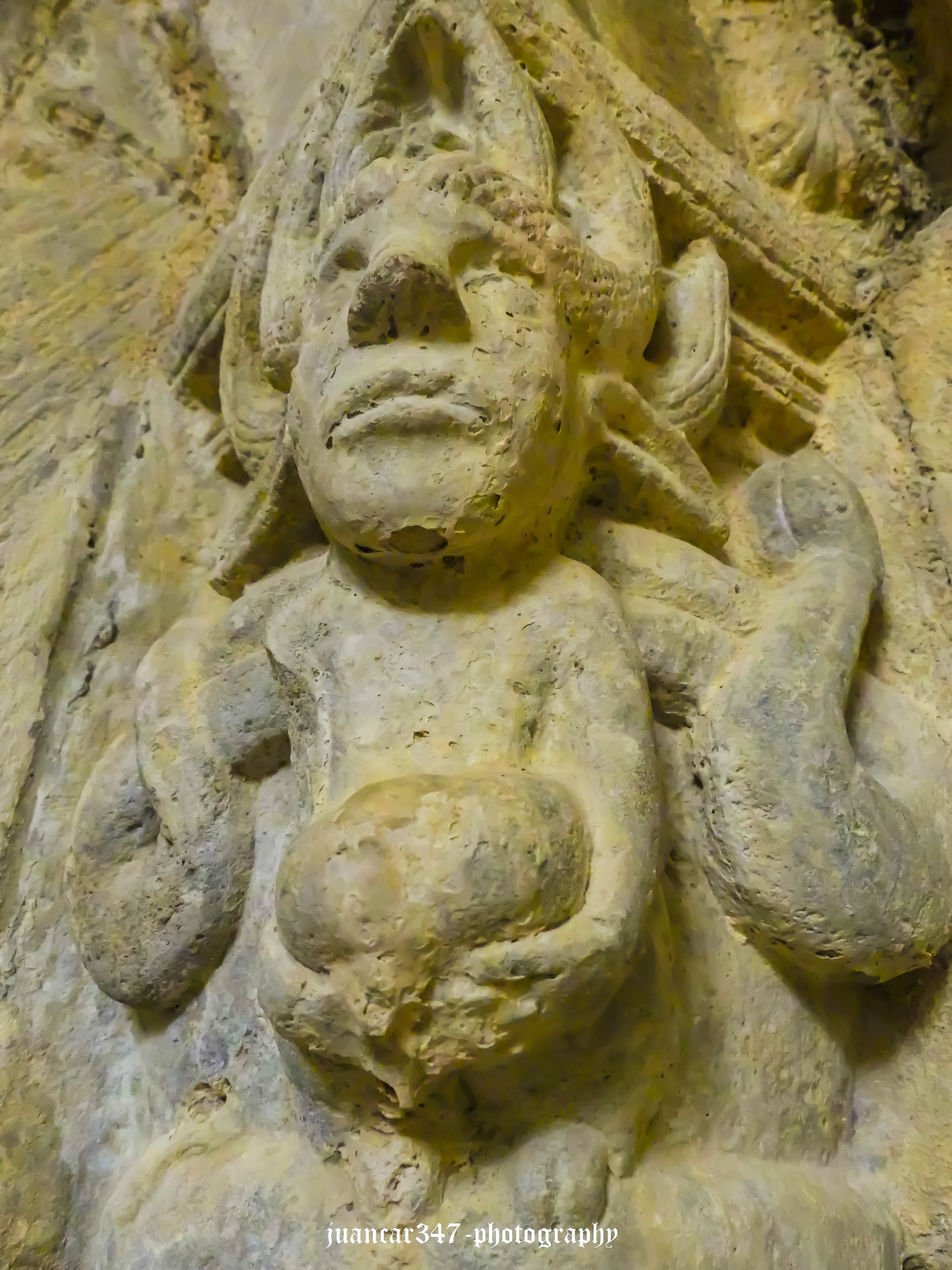
Another of the capitals that has raised the most suspicion among researchers, and which is also the basis for those who want to see traces of Templarism in this temple, is the vision, behind the altar presided over by a beautiful Romanesque-Gothic image of the Virgin, of two figures carrying a kind of box on a pole, which has been claimed to contain none other than the famous Ark of the Covenant, lost when Titus's legions reduced Jerusalem to ashes.
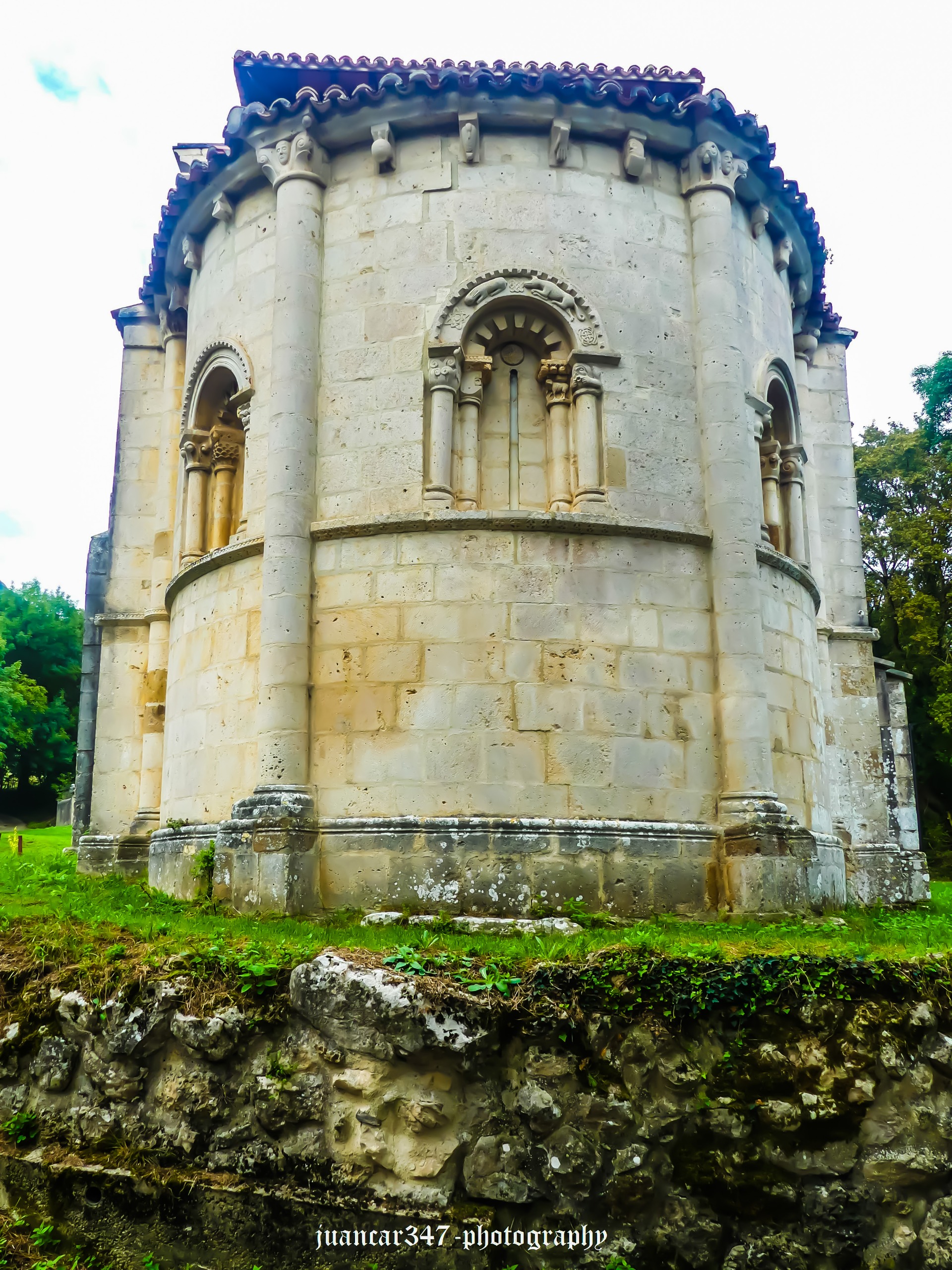
Whether or not there is any truth to these grandiose myths, the fact is that both the site and this portentous church are extraordinary landmarks on ancient pilgrim routes, and enjoying the view of the spectacular surroundings and the magnificence of its temples will always be a fascinating adventure, difficult to forget and surpass.
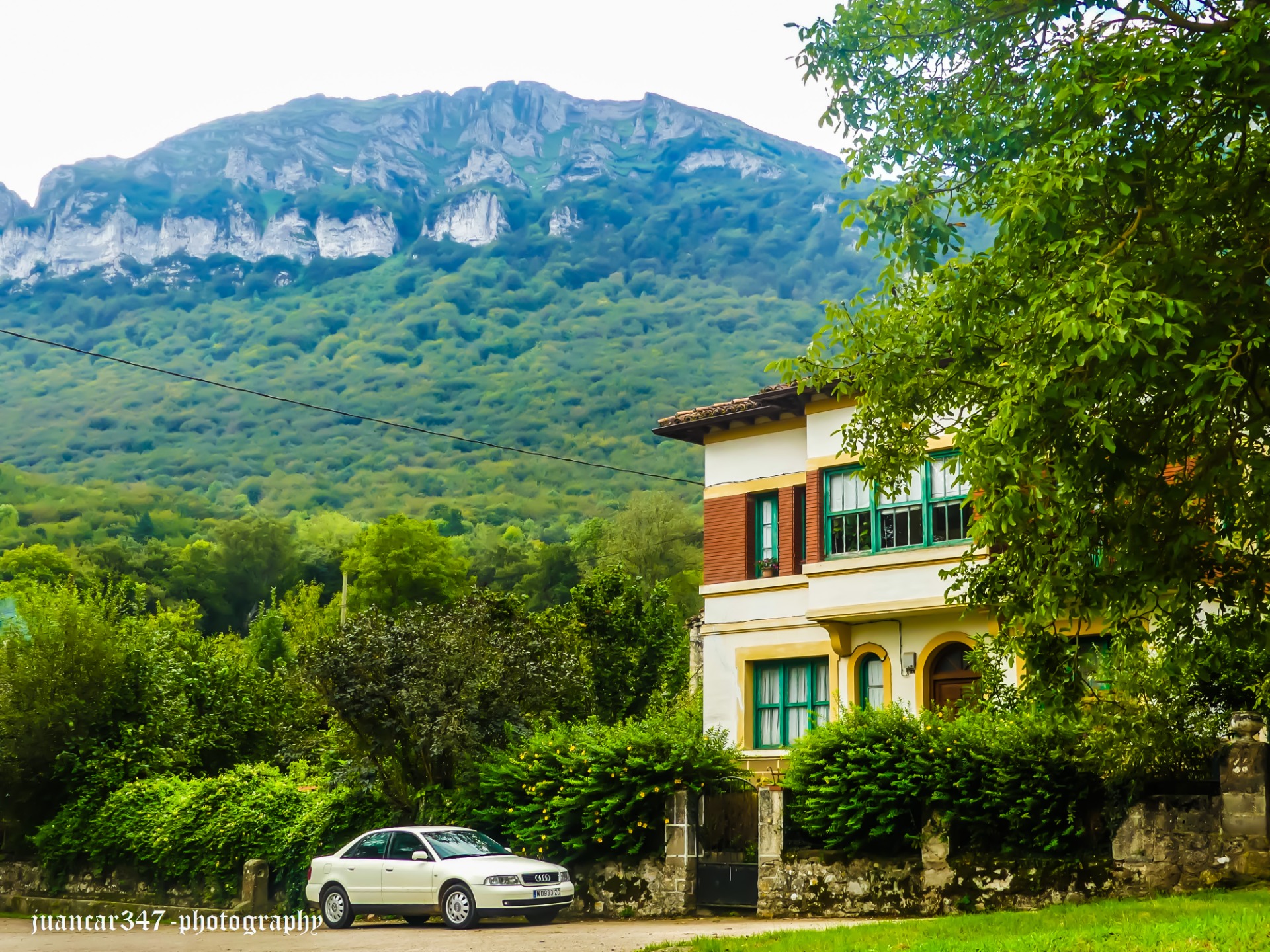
NOTICE: Both the text and the accompanying photographs are my exclusive intellectual property and are therefore subject to my copyright.
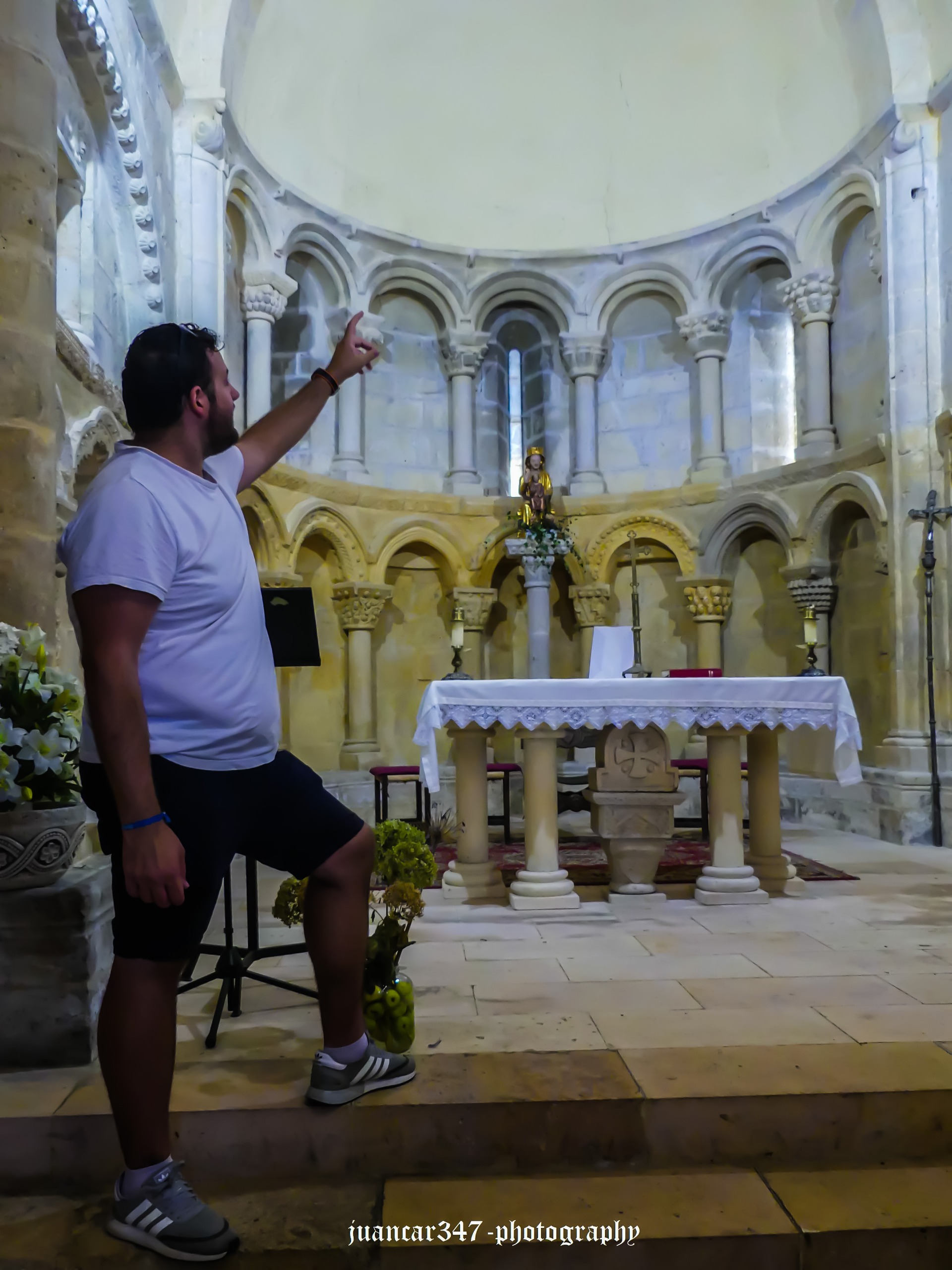
View this post on TravelFeed for the best experience.